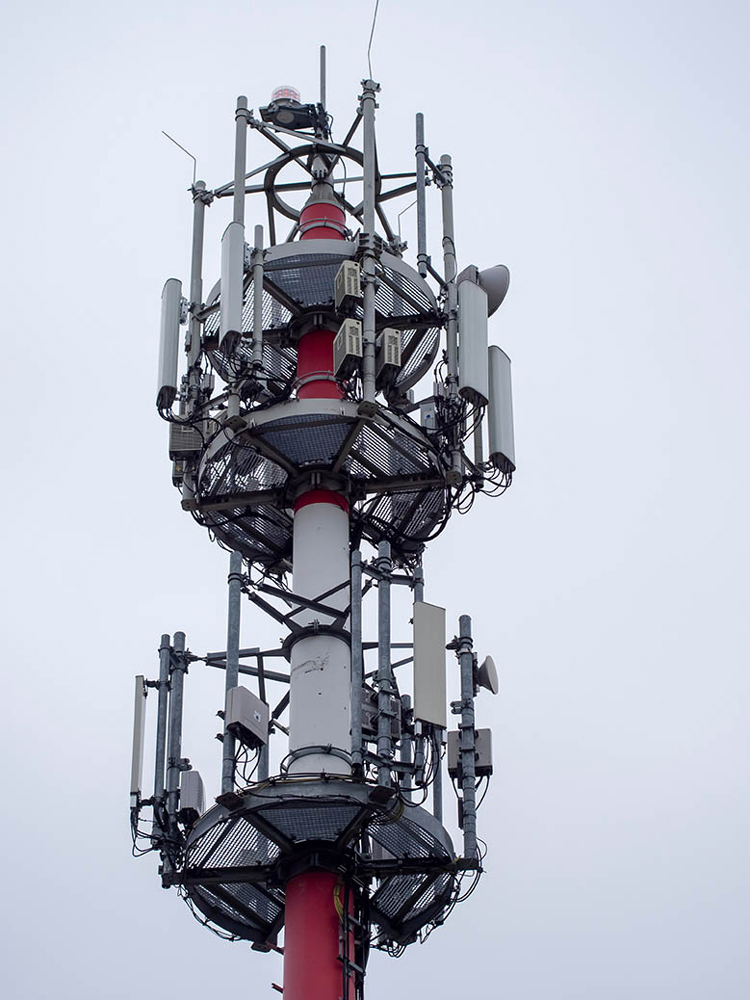How 5G and Smart Devices Will Change the World?
The Digital Content Burst
Over the last decade, there has been an explosion in the consumption of content over the internet. With the advent of digitisation, smart office setups, faster networks, a plethora of new-age IT solution services and social media, the internet based data consumption has gone through the roof!
One statistic proves the nature of modern day data usage and supply—every 60 minutes, YouTube sees an upload of new videos worth 30,000 hours!
Change in Office Culture
The pandemic hastened the onset of full-fledged hybrid workplace solutions, digital workplace setups, even more smart office configurations, and anything that could be digitised.
Before 2020, the classic model of renting out or owniNew Bucketng office space was the primary operation plan. Till then, working over the Internet was a fall-back plan. Not many of us believed that this could also act as a primary working area or turn into a classroom, engaging the learners together.
Areas that we believed could never work outside of the classic work area have started to be seen as practical over the internet. So came the boom of Digital Workspaces.
These Digital Workspaces saved space, cost and time for the people and helped them manage the activities from the comfort of their homes.
Till the early 2020's, one wondered if they would even need the 4Gs and were content with the existing speed. Then the pandemic took place, and almost every activity went online.
All of a sudden, businesses and individuals realized the importance of internet speed, and then started to note the advent of 5G that has come to disrupt the way 4G worked!
The Digitised Office – Anywhere and Everywhere
Digital workspaces have now become an important part of the post-pandemic era. Sending a note, making payments, video calls, Chats, have all become on-the-go activities. To achieve quick responses with these activities, it is important to have a faster internet connection.
Even as we sweep back into the office culture, Hybrid workspaces are here to stay, since they save so much on effort, improve productivity, and improve the work-life balance.
5G revolutionizes the way we interact with machines and how integrated they become into our lives. Paired with AI, built on the Machine Language models, we are looking at a whole new set of smart offices and IT solution services and what it will mean for the future.

5G and Its Evolving Usage
Before we move ahead, let us understand how 5G differs from 4G. 5G comes with an air interface design modelled to be flexible with different bandwidth requirements as well as scale up for future applications.
This is a much needed feature for Hybrid Work Spaces and Digital Work Spaces. Let us look at some areas where 5G would help:
1. Smart Homes
Currently, the smart devices in our homes and the Hybrid Work Spaces are connected over a rather fragmented communication system, using Bluetooth, Wi-Fi, and others.
There are devices offered by different companies that tie these devices together. But owing to the difference in frequencies, the connection is never seamless.
This is where 5G comes in, and then Internet-Of-Things will take precedence over the next period of time. We will never need to worry if we leave things running.
2. Automated Cars
By the end of 2021, we have started to hear about ADAS - Advanced Driver Assist Systems, that will look out for signals, lanes, and signs of fatigue, which are the usual causes of accidents.
Companies like Tesla have already started off with tests on driver-less cars, which would definitely require faster and smoother communication between the different components of the system.
3. Edge Computing
In a Digital workspace, it is important to process the data as closer to the source as possible to avoid the lag on the data transport medium. 5G plans to overcome that problem.

4. Smart Work Spaces, Digital Work Spaces, Hybrid Work Spaces
Use of Artificial Intelligence for the allocation of work, based on the competency matrix, will boost productivity. AI along with Machine Language will check for the optimum working environment within work spaces and also integrate remote workers.
5. Smart Cities
5G connected devices will help with better Personal and Home applications; waste management with the introduction of Smart Bins; improvement in energy efficiency with real time monitoring of consumption; public safety and security; the introduction of AI traffic control systems; improvement in the Air Quality Index; and more.
All in All
As the Internet of Things (IOT) evolves further, we will continue to witness the whole world change with the power of 5G.
Studies show that it should take anywhere between 5 to 10 years to completely integrate, and till then, 4G is our bet, with our focus continuing to be on Digital Work Spaces, Hybrid Work Spaces, and IT solution services.
News & Events
Keep up to date
- 18Dec
Ricoh recognised as a Top 5 global AV Integrator in SCN Top 50 Systems Integrators 2025
- 11Dec
Ricoh Recognised as a Sustainability Leader in Quocirca's 2025 Report
- 31Oct
Ricoh perovskite solar cells installed on Japan Aerospace Exploration Agency cargo transfer spacecraft1 HTV-X1
- 17Oct
Ricoh recognised among Forbes’ World’s Best Employers 2025
